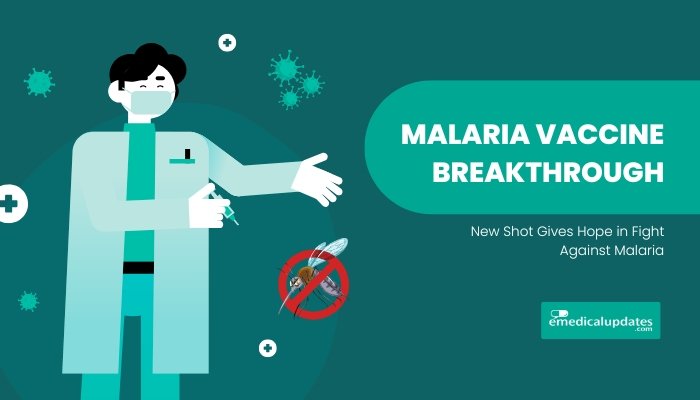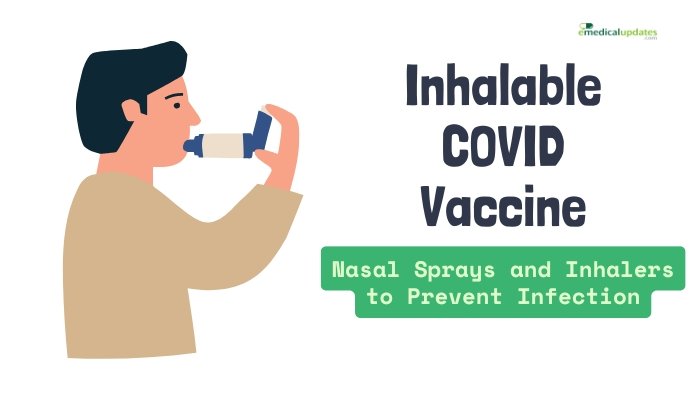Introduction
Stroke often leaves survivors with partial or complete paralysis in the arms, hands, or legs, impacting their independence and quality of life. While physical therapy and rehabilitation can stimulate recovery, many struggle to regain full use of affected limbs.
Now, researchers have developed an electrical stimulation approach specifically targeting the brain or spinal pathways related to arm movements—potentially helping patients move their arms again. This article explores how this approach works, clinical trial progress, and the impact on stroke rehabilitation.
The Challenge of Post-Stroke Paralysis
Stroke’s Impact on Motor Pathways
When a blood vessel in the brain is blocked (ischemic stroke) or ruptures (hemorrhagic stroke), the area of the brain controlling voluntary movement can be injured:
- Upper Limb Weakness: Ranging from mild muscle incoordination to complete inability to move.
- Neuroplasticity Limits: Though the brain can reorganize after injury, progress can stall, leaving chronic deficits.
Conventional Rehabilitation
Standard therapy involves physical and occupational therapy—repetitive, task-oriented exercises. While some patients regain substantial function, others see slow or minimal improvement, often plateauing even with rigorous rehab.
Electrical Stimulation Techniques
Where the Stimulation Occurs
- Transcranial Magnetic or Electrical Stimulation: Non-invasive stimulation of the motor cortex, priming neural circuits to adapt.
- Epidural or Trans-Spinal: Low-level electrical currents applied to the spine’s dorsal region to enhance communication between the brain and spinal cord for limb movement.
The Rationale
Electrical impulses may:
- Enhance Neuroplasticity: Encouraging surviving neurons to form new connections.
- Reinforce Movement Signals: Amplifying weak signals from the brain that attempt to move the arm or hand.
- Pair with Rehab Tasks: Combining therapy exercises while stimulating relevant pathways fosters more robust, functional improvements.
Breakthrough Study Results
Notable Clinical Trials
Researchers tested an approach in stroke survivors with chronic arm weakness. Over weeks of targeted stimulation plus standard physical therapy:
- Significant Gains: Patients reported improved strength, grip function, and daily living tasks like picking up objects or opening doors.
- Long-Lasting Effect: Some maintained improvements months after sessions ended, hinting at stable neurological reorganization.
Patient Perspective
Participants often described a “reawakening” of arm control, with repeated stimulation sessions gradually restoring movement or coordination they’d thought permanently lost. The therapy was generally well-tolerated, with minimal side effects such as mild skin irritation or temporary muscle soreness.
Advantages Over Conventional Rehab Alone
- Faster Progress: The combination of targeted stimulation and exercises may yield larger improvements in shorter periods.
- Enhancing Plateaus: Even patients years post-stroke—previously considered stable or plateaued—sometimes see meaningful progress.
- Suitability for Various Severities: Trials included mild to moderate upper-limb deficits, though more severe cases might require more intensive protocols.
Considerations and Next Steps
Accessibility and Cost
Advanced electrical stimulation equipment can be pricey and requires specialized training. Implementation in standard therapy clinics demands funding and staff expertise.
Personalization
Each patient’s stroke severity, location of the brain injury, and existing function differ. Tailoring stimulation parameters and therapy tasks is crucial for optimal outcomes.
Future Research Directions
- Large-Scale Trials: Confirming effectiveness across broader populations.
- Combining with Brain-Computer Interfaces: Could synergy with neural prosthetics or VR tasks magnify results?
- Chronic vs. Subacute Stroke: Determining whether timing influences the extent of benefit.
Frequently Asked Questions
- Is electrical stimulation painful?
- Most techniques are painless or cause mild tingling. Surgeons or therapists carefully manage the stimulation intensity.
- Can it help if my stroke was years ago?
- Possibly yes. Even chronic stroke patients in trials saw gains. However, earlier intervention often fosters quicker improvements.
- Will it fully restore normal arm function?
- Full recovery might not occur, but many experience substantial functional improvements—enough to do everyday tasks more easily.
- Do I still need regular therapy?
- Yes, usually. Stimulation is complementary to routine rehabilitation exercises, not a standalone cure.
- When could it be widely available?
- Some versions exist in specialized rehab centers. Widespread use depends on further evidence, insurance coverage, and standardization.
Conclusion
The electrical stimulation approach to post-stroke arm weakness stands as a promising development in neurorehabilitation. By targeting cortical or spinal pathways that relay motor commands, these techniques seem capable of catalyzing renewed neuroplastic changes, letting stroke survivors regain at least partial use of their arms and hands. While comprehensive physical therapy remains essential, the synergy of stimulation and rehabilitative exercises could significantly quicken or deepen recovery progress.
As research expands—refining protocols, ensuring cost-effective devices, and scaling up clinical usage—patients dealing with persistent stroke-related arm paralysis can look forward to more effective and targeted interventions, possibly reclaiming lost autonomy and life quality in the process.
References
-
Vuckovic A, et al. (2021). “Neuroplastic effects of spinal cord stimulation in stroke rehabilitation.” J NeuroEng Rehabil.
-
Nilsen DM, et al. (2020). “Cortical neuromodulation for upper limb recovery post-stroke.” Stroke.
-
Dewald JPA, et al. (2022). “Combining trans-spinal stimulation with arm therapy for stroke: feasibility and results.” Neurorehabil Neural Repair.
-
American Stroke Association (2023). “Emerging technologies for post-stroke motor recovery.”





